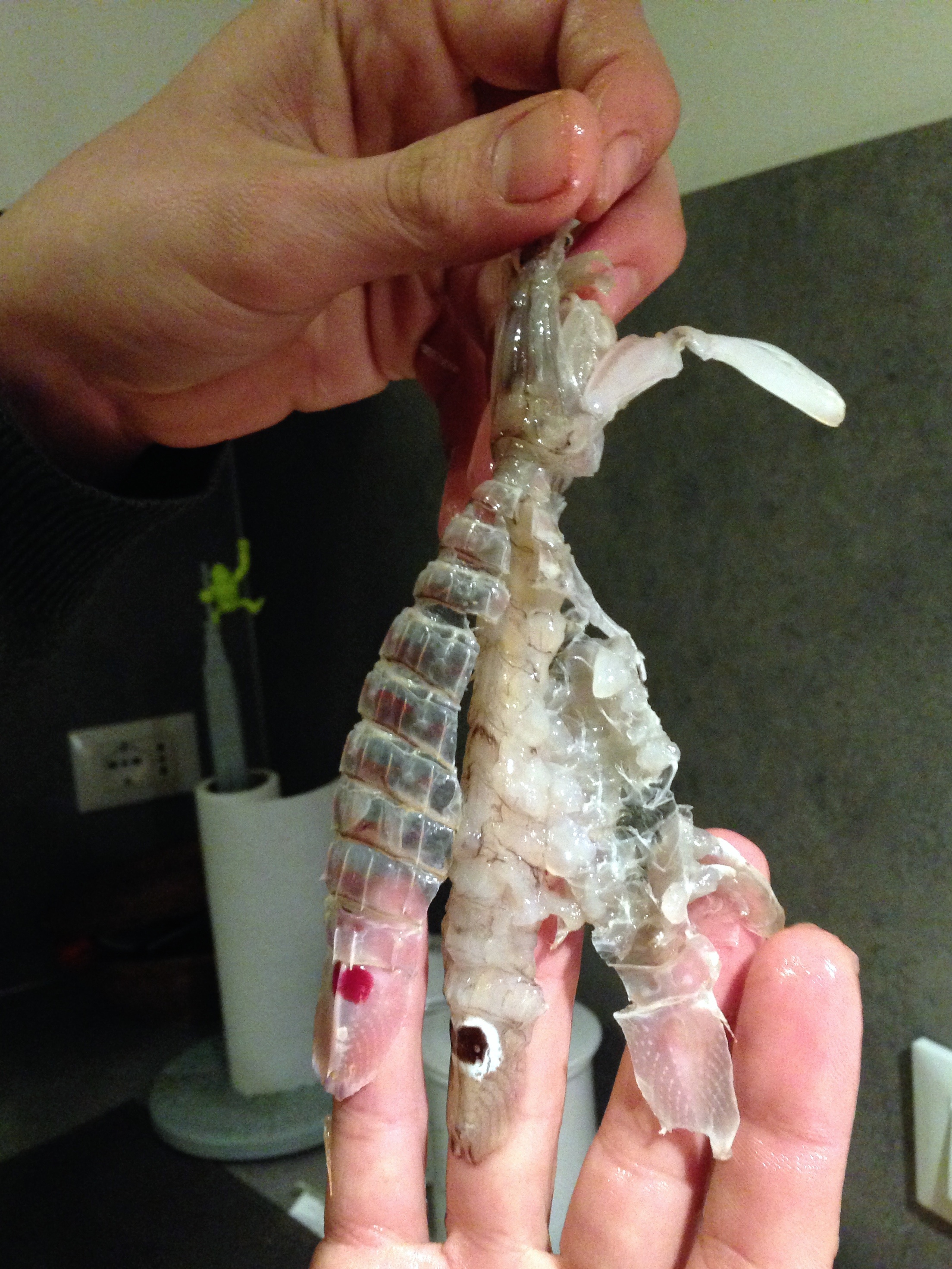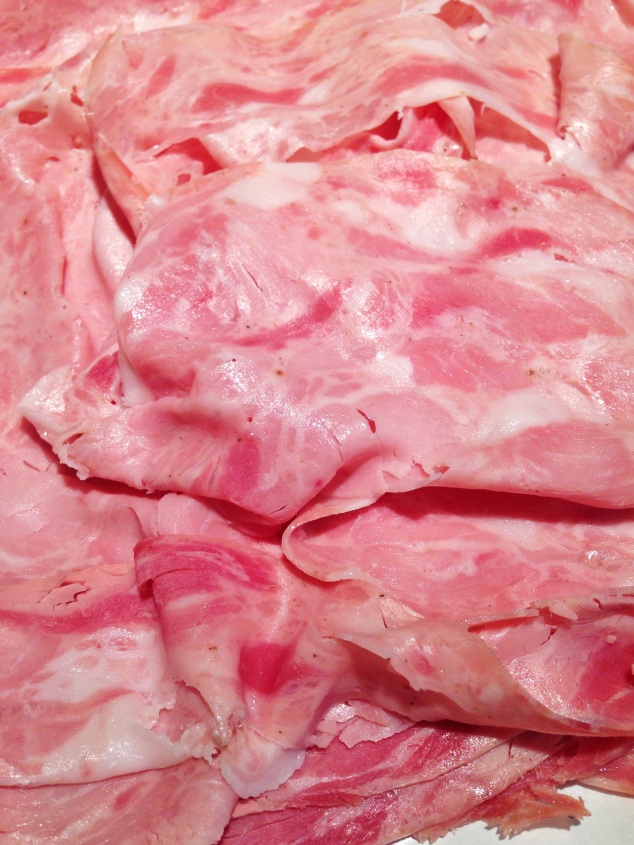If you look at the map of Bologna, you’ll see that the city has a well-defined center, which is basically a big circle. Inside this circle, there’s what is called the “historic center” (i.e. the oldest part of the city, where all the main monuments are located.) At a first sight, the center looks huge, but the truth is that it’s possible to walk all over it on foot.
Outside the boundaries of that picture, however, the city keeps expanding itself, forming what today is the seventh most populated city in Italy.
As I already mentioned here, I’m very lucky to live right in the center of the center – indeed where the buzz is – and either for comfort or laziness, I hardly ever leave the confines of this zone.
And, of course, there are innumerous good restaurants around here (actually, almost every one I mentioned so far), but it’s always a good surprise to literally get out of our comfort zones to discover new and exciting places.
A couple of weeks ago I had the pleasure to find a well-known restaurant in town, but to which I had never been because it was “far away” from home (I get embarrassed to say that, considering that I used to live in Sao Paulo, one of the biggest cities of the world…but how things can change!)
Well, I’m talking about the excellent Al Cambio (Via Stalingrado, 150).

“Spatola” fish with beans cream and “puntarelle”
Why I loved so much that place? Simply because there a 100% Bolognese chef (Massimiliano “Max” Poggi) decided to maintain the necessary respect for the tradition, without losing the curiosity to invent, innovate and play with some of the dogmas of the city’s traditional menu. And don’t get me wrong; this is REALLY rare when it comes to Bologna.

Spaghetti with fresh sardines (“alici”), its oil (“colatura di alici”), dried tomatoes and parsley sauce
The best choice, for sure, is to leave Max lead you inside of his world – of course I’m talking about the degustation menu, which can be with 3, 5 or 7 dishes and you can choose between meat, fish or “Bolognese tradition”.

Cod fish cream (“baccalà mantecato”) with pepper sponge and tomato sauce
We have chosen the second alternative and oh my how lovely was it!

Scampi wrapped in a crunchy bread with cauliflower cream
Here are some of the stars of our 5 dishes (plus dessert!) with which the chef has amazed us.

Semifreddo with nuts and dried fruits, served with a raspberry sauce
Therefore, with this post I would like to say basically two things: the first one is that Bologna is not restricted to its historic center and if you really want to eat well, it’s worth to look for places that are a little bit far away. The second is that even in a city that takes its traditional dishes so seriously – I would say even too seriously – it is possible to dare without leaving behind the roots and the history of the place. In this case, if the chef is bravo (i.e. damn good) the sky is the limit – exactly like the city itself





































